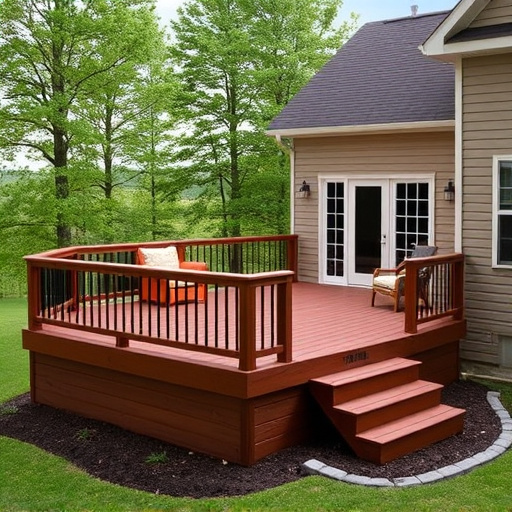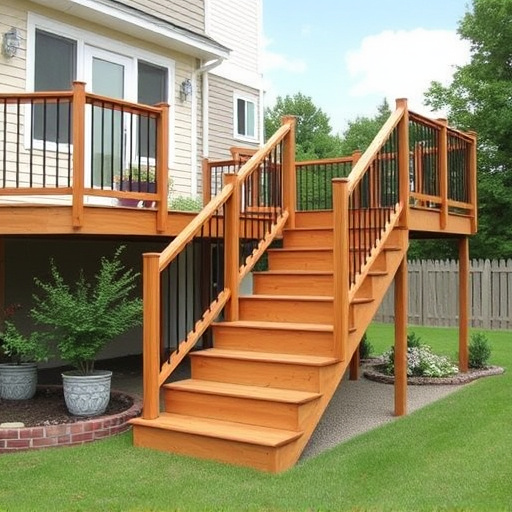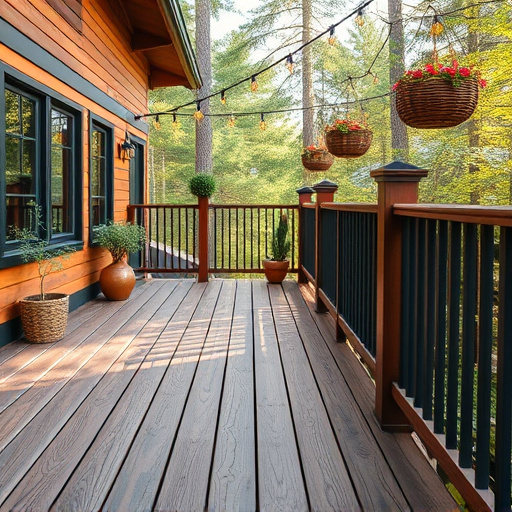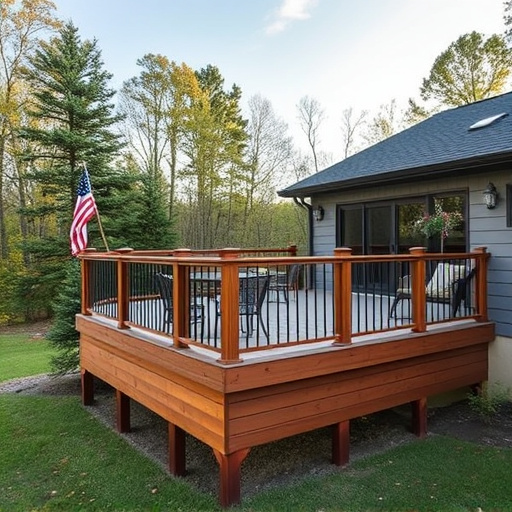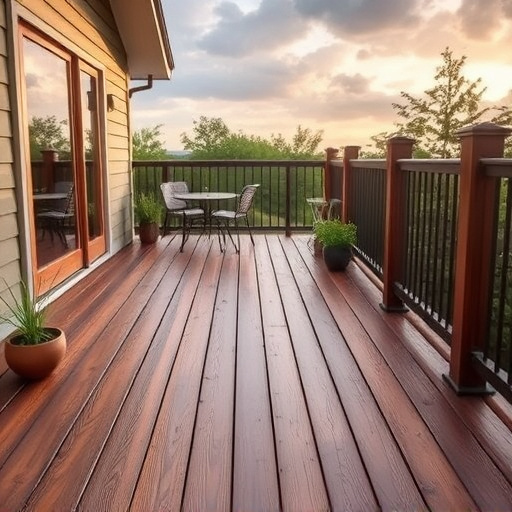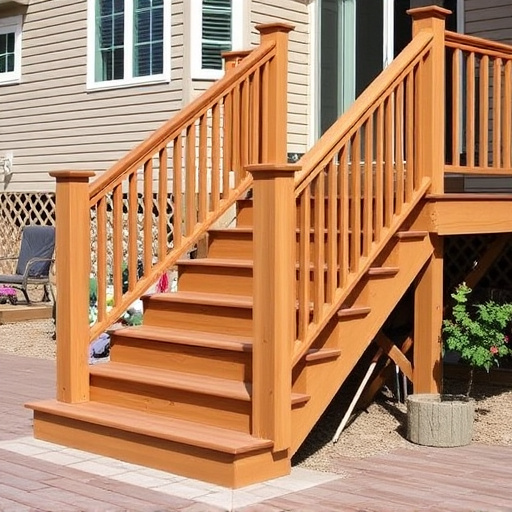Overlooking local building codes and permits for deck foundation construction is a common mistake that can lead to structural failures, safety hazards, and penalties. Proper soil preparation and inspection are crucial steps often ignored, which can result in costly repairs or issues similar to roofing or siding problems. Using durable materials like pressure-treated lumber, steel, or concrete and modern construction techniques ensures a weather-resistant deck foundation, promoting longevity and stability for outdoor living spaces.
Building a deck is an exciting project, but laying a solid foundation is crucial for its longevity. This article uncovers common mistakes in deck foundation construction, emphasizing the importance of adhering to local building codes and permits, proper soil preparation, and using suitable materials and techniques. By avoiding these pitfalls, you ensure your deck’s structural integrity and prevent costly repairs down the line, ensuring a safe and durable outdoor oasis.
- Ignoring Local Building Codes and Permits
- Inadequate Soil Preparation and Inspection
- Using Improper Materials and Construction Techniques
Ignoring Local Building Codes and Permits
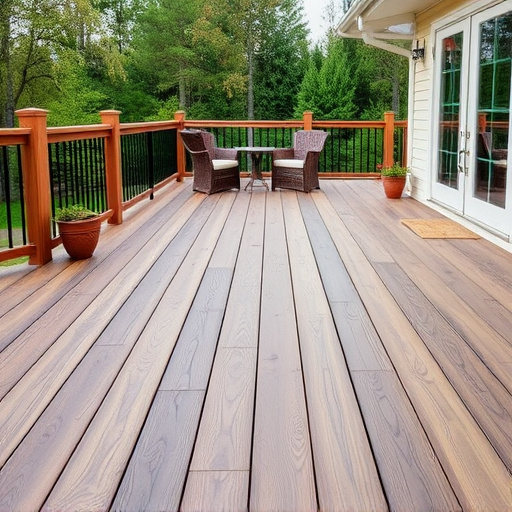
Many homeowners embark on deck foundation construction without considering the local building codes and permits, a mistake that can lead to serious structural issues. Each region has specific guidelines for deck construction, including requirements for materials, dimensions, and safety features like guardrails. Ignoring these codes not only risks penalties but also compromises the deck’s integrity, especially in areas prone to extreme weather conditions. For instance, using unsuitable foundations for a residential siding or neglecting proper drainage systems can cause long-term damage, from warped decking to roof repair needs.
This oversight may seem insignificant at first, but it can lead to costly renovations or even dangerous situations. Understanding and adhering to local building regulations ensures your deck foundation is safe, durable, and compliant with standards designed to protect both the structure and its occupants. Always consult with professionals who are well-versed in these regulations to avoid such mistakes and create a solid, reliable deck foundation for years of enjoyment.
Inadequate Soil Preparation and Inspection
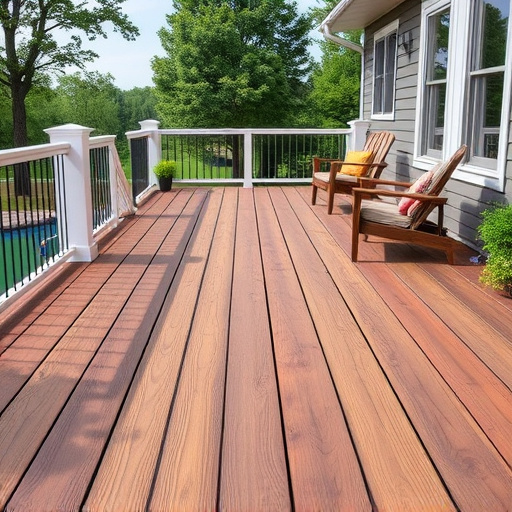
Before laying the foundation for a deck, proper soil preparation and inspection are crucial steps that often go overlooked. Many homeowners assume that their yard is ready for construction, but failing to assess the soil’s stability and condition can lead to serious issues later on. Inadequate soil preparation may result in an uneven deck surface, with some parts sinking or sloping, which not only compromises the structural integrity of the deck but also poses a safety hazard.
A thorough inspection should be conducted to determine if the soil is suitable for supporting the weight of the deck. This involves testing the soil’s bearing capacity and drainage properties. If the soil is found to be weak or waterlogged, it may require modification, such as adding fill material or improving drainage, to ensure a solid foundation. Ignoring these considerations can lead to costly repairs or even the need for complete deck replacement, similar to how a roof replacement or siding services might become necessary due to poor foundational work.
Using Improper Materials and Construction Techniques
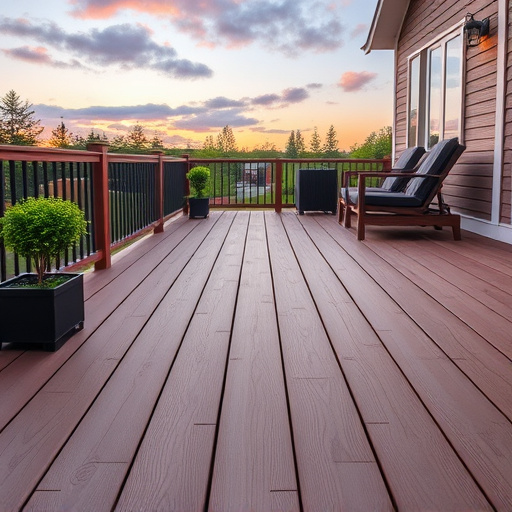
Building a deck is an exciting project that requires careful planning and attention to detail. One common pitfall many homeowners encounter is using unsuitable materials and construction methods for their deck foundation, which can lead to structural issues down the line. It’s essential to understand that the foundation is the backbone of your outdoor living space, so selecting the right components is crucial.
Choosing inferior quality materials or adhering to outdated construction techniques might seem cost-effective initially, but they can compromise the longevity and stability of the deck. For instance, using untreated wood for joists or supports in damp environments may result in rot and weaken the foundation. Similarly, neglecting proper drainage and water management around the deck can lead to moisture-related problems, affecting both the structure and surrounding areas, including roofing and siding. Opting for durable materials like pressure-treated lumber, steel, or concrete, and employing modern construction techniques, ensures a robust and weather-resistant deck foundation, providing peace of mind for any home owner or professional home service solutions provider.
Building a sturdy and safe deck starts with meticulous planning, adhering to local regulations, and employing proper construction methods. By avoiding common mistakes such as ignoring building codes, neglecting soil preparation, and selecting unsuitable materials, you ensure your deck foundation is solid and long-lasting. Remember, the key to a robust deck foundation lies in careful consideration of local rules, thorough site preparation, and using high-quality materials and techniques.








